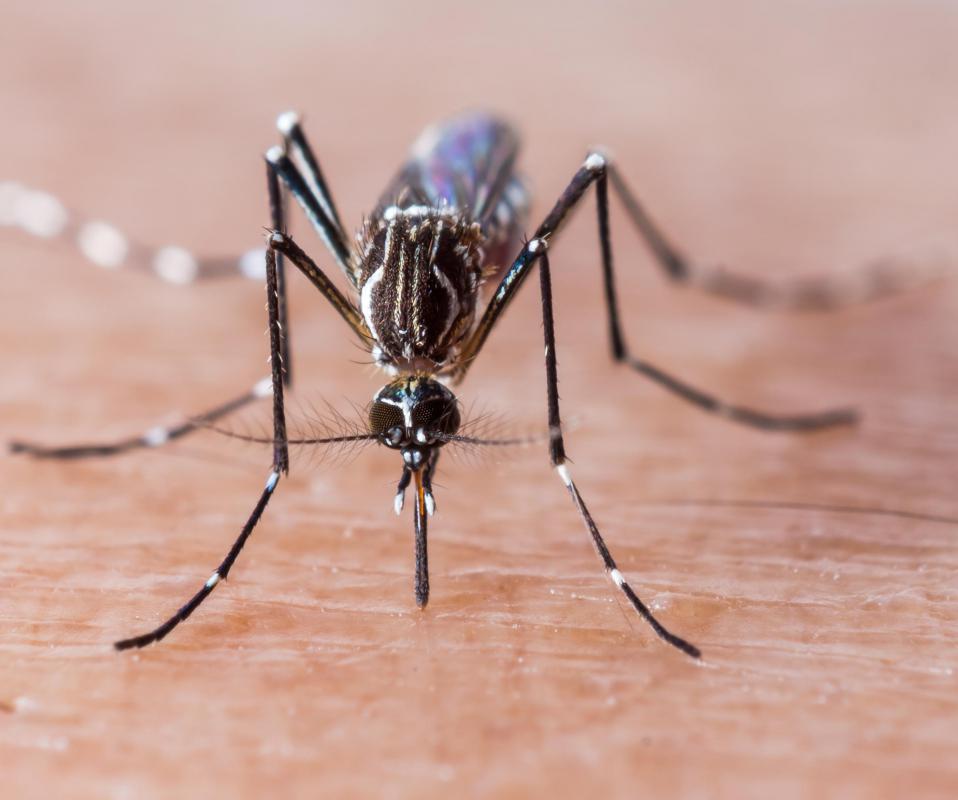At HomeQuestionsAnswered, we're committed to delivering accurate, trustworthy information. Our expert-authored content is rigorously fact-checked and sourced from credible authorities. Discover how we uphold the highest standards in providing you with reliable knowledge.
What is Indigofera?
Indigofera is a genus of about 700 flowering shrubs, herbs, and small trees, originally native to Pakistan, but now naturalized throughout tropical and subtropical regions of the world. They belong to the pea family, Fabaceae. Some Indigofera species are used to produce the dark blue dye indigo.
Blue dyes were once rare, and Indigofera plants, particularly I. tinctoria and I. suffruticosa, were important as a cash crop in the early colonial period of the Caribbean and the American South. Some herbs in the genus also have uses in traditional medicine. Many Indigofera species are also grown as ornamental plants today.

I. tinctoria, or true indigo, is one of the first plants used to make indigo dye. It is also one of the few sources of commercially available natural dye. I. tinctoria is also planted as a ground cover, as it has the ability to improve soil. I. tinctoria features pink to purple flowers. The dye is harvested from the leaves.
I. suffruticosa, or añil, grows throughout tropical and subtropical regions of the Americas, as well as in the Pacific Islands. It often grows in dry, disturbed soil, such as in fallow fields or by the roadside. I. suffruticosa was used to make Maya Blue, a bright blue pigment used by pre-contact Mesoamerican cultures. The chemical aniline, which is used in dyes and in the processing of rubber and plastic, was first isolated from I. suffruticosa and gets its name from the common name of the plant.

I. australis is one of the southernmost growing species. It is widespread in southern Australia. The plant is a popular ornamental in Australia because it grows well in a variety of conditions. It also has beautiful pink to lavender flowers that bloom in the spring.
While many Indigofera species are used to make dark blue dye, the stems and leaves of I. australis are used to make a yellow dye. The leaves of the plant are also used by Aborigines to aid in catching fish and eels. The crushed leaves are thrown in the water, and the chemicals they release stun or kill fish.

I. articulata has historically been used to treat toothache. I. oblongifolia has been used for its properties as an anti-inflammatory painkiller, particularly in the treatment of snake and insect bites. Other species, including I. aspalthoides and I. suffruticosa, have also been valued for their anti-inflammatory properties. I. arrecta has recently been considered in the treatment of pain caused by ulcers.
AS FEATURED ON:
AS FEATURED ON:














Discussion Comments
@bythewell - I don't know if you can find a plant that will grow locally, but I do know that the traditional way of processing indigo is quite labor intensive and also involves chemicals like lye, which can be quite dangerous.
I don't know if there's a more natural way of processing it. I do know that you're supposed to use urine to set dye (that's what they used to use back in the days when all dyes were natural), but I've heard that you can also use vinegar.
It's quite a pretty plant if you go and have a look at pictures, so it would make a nice addition to the garden, even if you don't use it for dye.
I think they still use this kind of dye in expensive blue jeans, although hopefully without the urine.
@irontoenail - That's really cool. I'd actually heard that there were some tribes in the Middle East and Africa that were known as "the blue men" because they would wear turbans that had been dyed with indigo and the color comes off on their skin.
It would be very interesting to try and grow that plant locally, to see if I could use it to dye some of the alpaca wool that I use to knit with (I get it from a farm a few miles away from me). It sounds like it mostly grows in hot places though.
The only problem with it was that it didn't last very well. The blue dye would come out very easily with every wash (and they washed their clothes very roughly, by beating them over rocks in the river) and the cloth would eventually fade to a kind of silver blue.
I'm sure there are some ways to seal it if it is made commercially though and the original color was really beautiful.
Post your comments